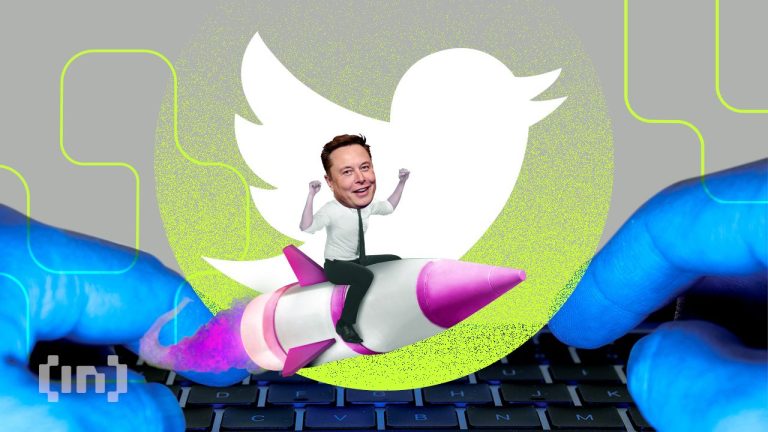
Smart Homes 2025: The Rise of AI-Driven Devices
Smart Homes 2025: The Rise of AI-Driven Devices is revolutionizing the way we live, work, and interact with our living spaces. With the integration of artificial intelligence (AI) and machine learning (ML) algorithms, smart homes are becoming increasingly sophisticated, automated, and responsive to our needs.
Introduction to Smart Homes
A smart home is a residence that is equipped with advanced technologies and devices that can be controlled and monitored remotely, using a smartphone, tablet, or computer. These devices can include thermostats, lighting systems, security cameras, door locks, and entertainment systems, among others.
The concept of smart homes has been around for several decades, but it’s only in recent years that the technology has become more accessible, affordable, and widespread. According to a report by MarketsandMarkets, the global smart home market is expected to grow from $79.8 billion in 2020 to $146.4 billion by 2025, at a Compound Annual Growth Rate (CAGR) of 11.9% during the forecast period.
The Rise of AI-Driven Devices
One of the key drivers of the smart home market is the increasing adoption of AI-driven devices. These devices use machine learning algorithms to learn our habits, preferences, and behaviors, and adjust their settings accordingly. For example, a smart thermostat can learn our schedule and temperature preferences, and adjust the temperature accordingly, saving energy and improving our comfort.
AI-driven devices are also being integrated into various aspects of smart homes, including security, entertainment, and healthcare. For instance, smart security cameras can use facial recognition technology to detect and alert us to potential security threats, while smart speakers can use natural language processing to understand our voice commands and play our favorite music or podcasts.
Benefits of Smart Homes
Smart homes offer numerous benefits, including energy efficiency, convenience, and enhanced security. With the ability to control and monitor our devices remotely, we can save energy, reduce waste, and improve our overall quality of life.
Smart homes also offer a range of healthcare benefits, particularly for the elderly and people with disabilities. For example, smart sensors can detect falls, monitor vital signs, and alert caregivers or emergency services in case of an emergency.
Challenges and Limitations
While smart homes offer numerous benefits, there are also several challenges and limitations to consider. One of the main concerns is privacy and security, as smart devices can collect and transmit sensitive data, which can be vulnerable to hacking and cyber attacks.
Another challenge is the cost and complexity of smart home systems, which can be prohibitively expensive for many consumers. Additionally, the integration of multiple devices and systems can be difficult, requiring significant technical expertise and support.
Conclusion
In conclusion, Smart Homes 2025: The Rise of AI-Driven Devices is a rapidly evolving field, with significant potential to transform the way we live, work, and interact with our living spaces. While there are challenges and limitations to consider, the benefits of smart homes, including energy efficiency, convenience, and enhanced security, make them an attractive option for many consumers.






